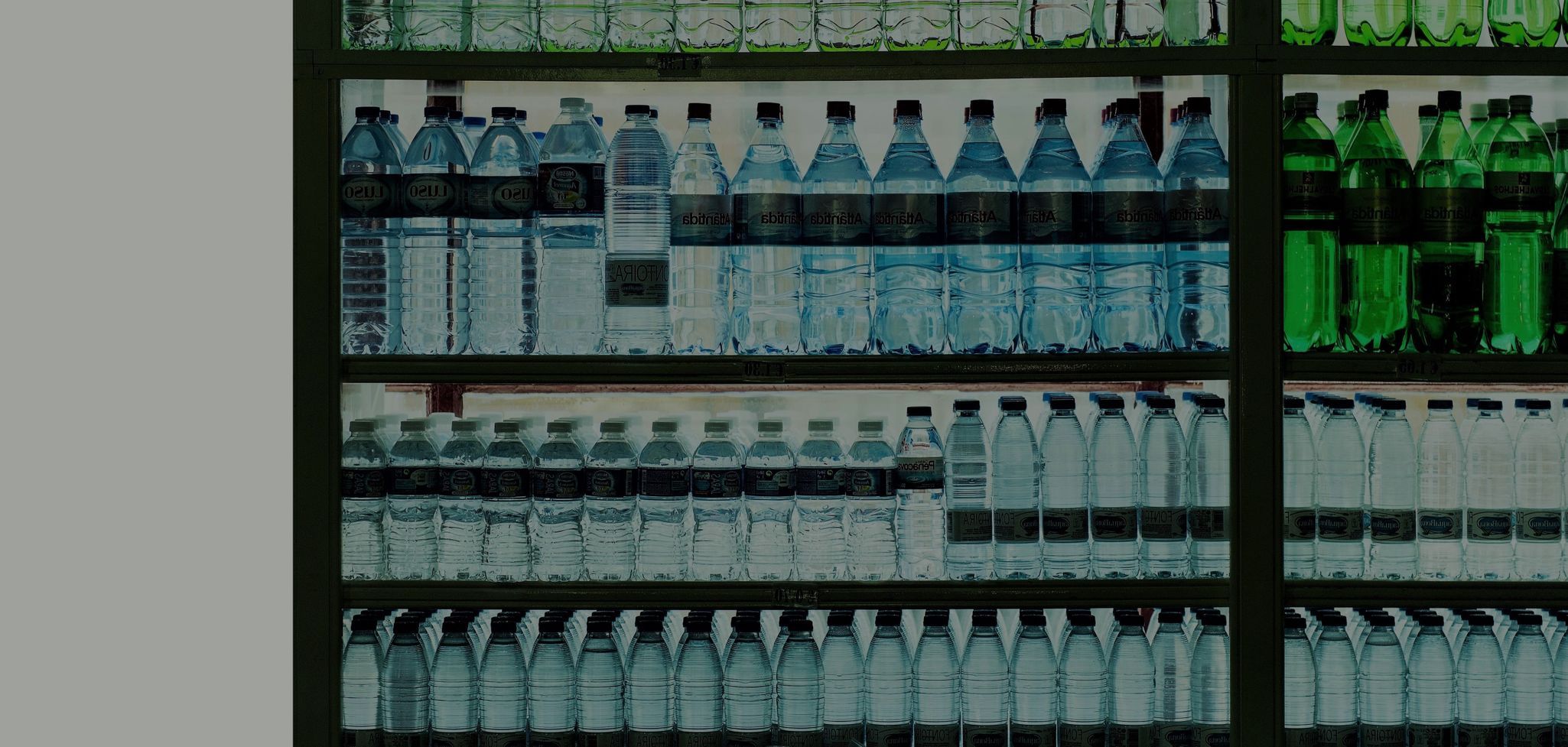
On June 30, 2022, California Governor Gavin Newsom signed into law SB 54, putting into place some of the nation’s strictest, far-reaching regulations on packaging materials. The legislation mandates significantly reduced use of plastic packaging for products sold, distributed, or imported into the state of California. Furthermore, SB 54 puts into place new recycling rate requirements with the stated goal of keeping plastic waste levels under control. Governor Newsom praised the legislation’s ambitious scope, stating, "California won’t tolerate plastic waste that’s filling our waterways and making it harder to breathe. We’re holding polluters responsible and cutting plastics at the source." Despite this rhetoric, it will likely prove challenging for industry participants to comply with key provisions, highlighted below:
Covered Materials
A wide variety of plastic items and plastic-wrapped products are implicated in the new law’s plastics reduction and recycling requirements, including trays, plates, bowls, clamshells, lids, cups, utensils, stirrers, hinged or lidded containers, straws, wrappers, and bags sold to food service establishments. Many types of product packaging are exempt from new plastics rules, including for human and animal medical products, infant formula, and fortified oral nutritional supplements. In addition, packaging used to contain products regulated by the Federal Insecticide, Fungicide, and Rodenticide Act or classified as dangerous or hazardous under federal regulations is not covered by the new rules. The law also exempts various packaging used for paint protection/conservation and long-term product protection or storage. Finally, the recently signed legislation does not apply to plastic beverage bottles, which are subject to different requirements contained in the California Beverage Container Recycling and Litter Reduction Act.
Reduction and Recycling Targets
Under the new regulatory framework, manufacturers [of covered materials], or covered producers, are required to reduce plastics in single-use products by 10 percent over the next five years, which can include reducing the package size, switching to a different material that is recyclable or compostable, or making products reusable. By 2032, covered producers need to achieve a 25 percent plastics reduction in single-use products. The new rules also stipulate that a significant and increasing percentage of plastic packaging remaining on the market must be recycled.
By 2028, plastic covered material offered for sale, distributed, or imported into California will need to have a recycling rate of at least 30 percent. That percentage will increase to 40 percent in 2030 and 65 percent in 2032. More stringent recycling standards are stipulated for expanded polystyrene food service ware (usually known by its trademarked name, "styrofoam"). This material, commonly used in takeout containers, must meet a 25 percent recycling rate by 2025, a 30 percent rate by 2028, and a 50 percent rate by 2030. By 2032, though, the required recycling rate for expanded polystyrene products will match the required rate for plastic packaging (65 percent).
Producer Responsibility Organization
The recently signed legislation creates a "producer responsibility organization" (PRO) responsible for the collection and recycling of covered materials across the state. The PRO will be responsible for organizing and putting into place a plan by producers to achieve the law’s plastic reduction and recycling targets.
Under the scheme created by the new law, each covered producer will submit to the PRO a proposal for how they intend to comply with the law’s targets. Each proposal will include a detailed analysis of the producer’s manufactured products including data on the products’ weight and quantity. The PRO will then analyze these plans to ensure that each compliance proposal is sufficient to meet the targets set forth in SB 54.
The PRO is also responsible for paying a $500 million annual surcharge to be collected from members and deposited into the newly established California Plastic Pollution Mitigation Fund (via the California Department of Tax and Fee Administration). In turn, the Mitigation Fund is required to spend 60 percent of its surcharge revenue on projects to "monitor and reduce the historical and current environmental justice and public health impacts of plastics, including to mitigate the historical and current impact of plastics on disadvantaged or low-income communities or rural areas." The remainder will be disbursed to state environmental agencies to "monitor and reduce the environmental impacts of plastics on terrestrial, aquatic, and marine life and human health, including to restore, recover, and protect the natural environment."
Reporting Requirements
SB 54 mandates that transfer station and disposal facility operators provide "periodic information to the [state] on the types and quantities of materials that are disposed of, sold or transferred to other recycling or composting facilities or specified entities." The law tasks the Department of Resources Recycling and Recovery with implementing these periodic reporting regulations, and stakeholders such as the National Waste & Recycling Association and the Institute of Scrap Recycling Industries will likely interact closely with the agency during the rulemaking process. It is unclear, though, whether the state will require different disposal facilities and transfer stations to work together to resolve any reporting discrepancies.
While the enacted legislation makes clear that "regulations approved by the department shall not impose an unreasonable burden on waste and recycling handling, processing, or disposal operations," the law does impose a minimum $500 civil penalty for each compliance failure, and violators can be liable for up to $5,000. Therefore, facility operators will need to work closely with regulators to ensure feasible compliance standards to avoid large, repeated penalties.
Implementation Hurdles
Implementing this far-reaching legislation will be no easy task. SB 54 directs regulators to "avoid or minimize disproportionate impacts to disadvantaged or low-income communities or rural areas." This will prove difficult, however, given that producer-paid surcharges, reporting requirements, and plastic reduction/recycling plans will likely lead to higher manufacturer costs. If these costs are passed along to consumers, disadvantaged households that spend a large percentage of their income on disposable consumer products will be disproportionately impacted.
Additionally, regulators will need to maintain a close, continuing relationship with producers to ensure that reporting requirements are reasonable to comply with, yet broad enough to encompass the scope of plastics production. An adversarial relationship between producers and regulators will result in poorly specified rules, high legal costs, and ultimately higher prices for consumers. It remains to be seen whether industry stakeholders and governmental officials can put aside their past differences and work together to implement a feasible, comprehensive regulatory regime.
For More Information
For more information please contact Georgia Ravitz, Eva Yin, or any other member of Wilson Sonsini's FDA regulatory, healthcare, and consumer products practice.
Contributors
- Privacy Policy
- Terms of Use
- Accessibility

